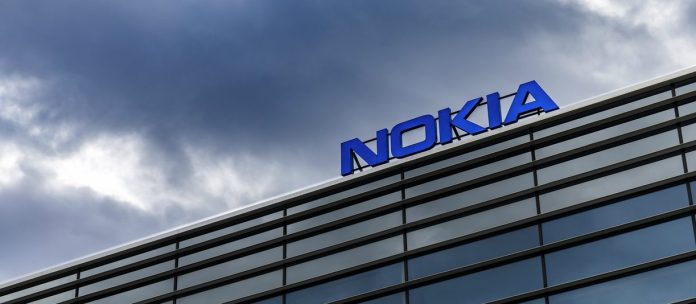Nokia has launched a new cloud RAN (C-RAN) solution to enable operators to more easily activate new 5G services and revenue streams, including as they target new ‘vertical’ customer segments with industrial-grade networking in 5G network slices of both public and private networks.
C-RAN offers a cloud computing-based architecture for radio access networks (RAN) that supports centralised processing, collaborative radio, and real-time and real-time virtualization capabilities.
Nokia said its new-generation 5G AirScale Cloud RAN solution will be commercially available this year with general availability expected in 2021, following a series of trials.
Its forerunner, in operation since early 2019, was based on vRAN1.0, and featured a virtualised central unit (vCU). The new C-RAN product is based on vRAN2.0, and introduces a virtualised distributed unit (vDU), as well as a fronthaul gateway.
Nokia stated: “The result is a fully cloudified and disaggregated 5G base station that provides scalability, low latency, high performance and capacity, as well as several network architecture options, to meet ever increasing market demands.
“The solution helps operators to generate revenue from new 5G services as well as to enable flexible end-to-end network slicing, meet IoT requirements and bring the overall benefits of cloud computing to RAN.
Nokia said it has successfully completed end-to-end data calls in a full-stack 5G system, comprising cloud-based core and radio networks, with the baseband in the cloud, a fronthaul gateway, and a commercial 5G device.
C-RAN computing is built on open hardware and interface cards that dynamically handle fibre links and interconnections within the station. Nokia’s recent customer trials saw real-time and non-real-time computing across distributed (vDU) and centralised (vCU) cloud-based baseband run in its general-purpose x86-based AirFrame Open Edge Servers and AirFrame Rackmount Servers.
Standard off-the-shelf Intel Vista Creek hardware acceleration was used for specific parts of the real-time sensitive L1 computing in the vDU. “This helps to boost the performance even further without impacting the fully cloud-based implementation,” said Nokia.
Since 2018, Nokia Bell Labs has been working on the potential of using Graphics Processing Units for hardware acceleration, and Nokia expects these ‘vRAN3.0’ solutions to become mature in 2022.
The fronthaul gateway solution offers an evolution path for operators to upgrade existing common public radio interface (CPRI) based radios to enhanced CPRI (eCPRI)-based AirScale 5G Cloud RAN. It can run as a standalone unit or fully integrated with the vDU on an AirFrame server, which is the first x86-based product for edge deployments of Cloud RAN.
Nokia said: “With the vDU moving closer to the edge, 5G AirScale Cloud RAN enables operators to make full use of the low-latency capabilities of 5G, and enables services that benefit from such low latency and ultra reliability, such as IoT applications. It also supports Nokia’s end-to-end network slicing, from RAN across transport to core.”
Nokia’s 5G AirScale C-RAN has been designed for open RAN (O-RAN), splitting the base station into radio unit (RU), distributed unit (DU), radio access point (RAP), centralized unit (CU), and O-RAN interfaces between these elements. It also includes the RAN intelligent controller (RIC) concept to take advantage of artificial intelligence and machine learning capabilities.
Tommi Uitto, president of mobile networks at Nokia, said: “The next-generation Nokia 5G AirScale Cloud RAN is a true innovation that will transform mobile networks and provide operators with the flexibility they need to meet the customer demands in the evolving 5G era. Its flexible architecture offers speed, coverage, capacity and low latency as well as the opportunity to generate revenues immediately.”
Ed Gubbins, principal analyst at GlobalData, commented: “Nokia has been more proactive and consistent in driving Cloud RAN technology than its peers, and the launch of its fully cloudified 5G AirScale Cloud RAN solution is only the latest example of its commitment.”

